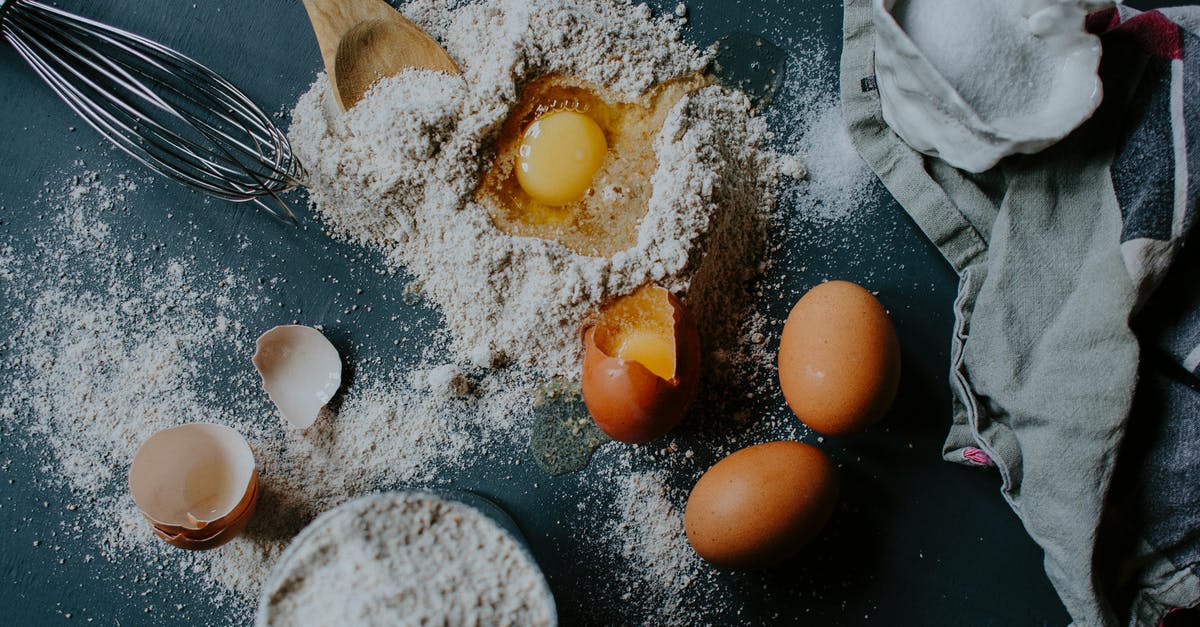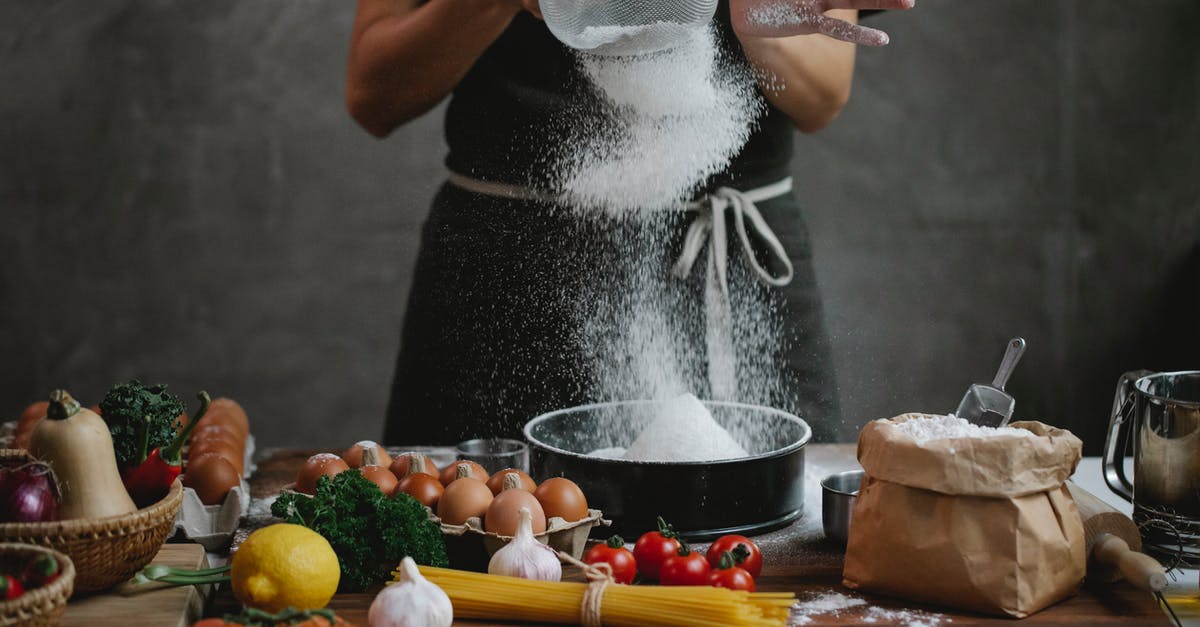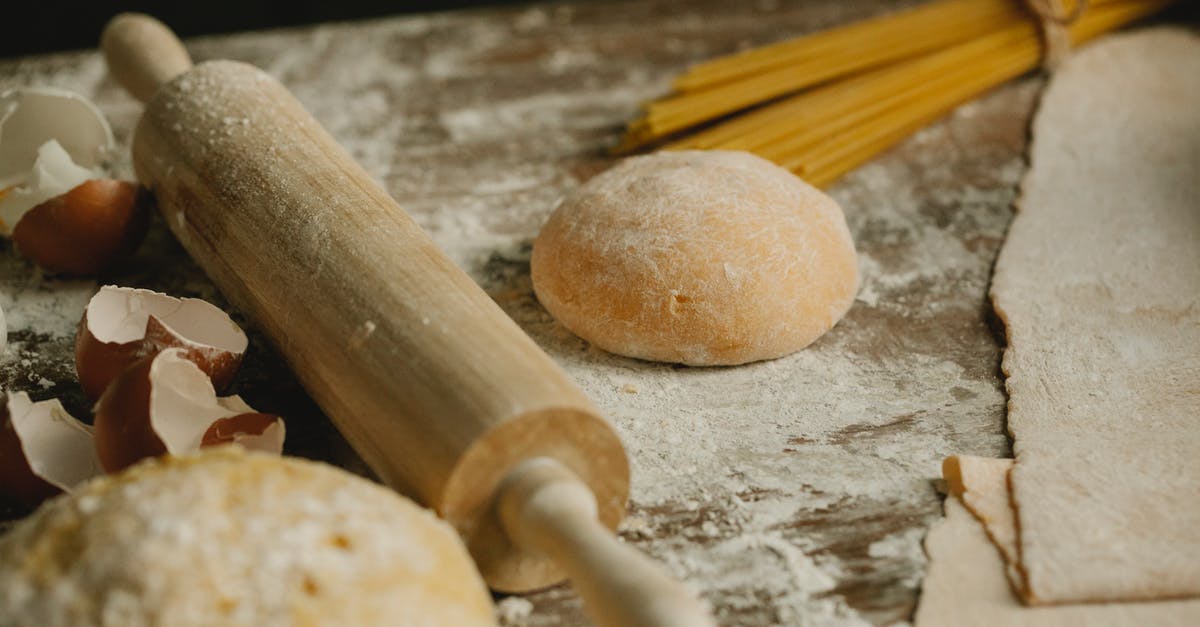How does good pasta dough feel to the touch?

I have just been given an Imperia Pasta Roller as a present and have wasted no time in trying to make pasta. As advised in the instruction manual, I have made a small batch of pasta just using water and passed this through the rollers in order to clean any factory impurities or debris from the machine. I noticed that the pasta (eggless I hasten to add) was quite soft, much softer than shop bought fresh pasta. I worked some more flour into the dough and the pasta held up quite well to being passed through the rollers. This was then thrown in the bin.
The next batch that I made, following a recipe by Jamie Oliver, called for 100 grams of flour to 1 egg. I am using Tipo 00 flour. The resulting dough felt firmer and very slightly sticky to the touch but when cooked was very soggy and flabby in texture, not very appetising at all.
For my next batch I added a little extra flour and kneaded it for longer. The dough was dryer than the previous batch and when I took a few strips and put them in boiling water, they cooked perfectly. However the remainder, when I went back to it a couple of hours later had stuck to itself and turned into a solid mass that was really difficult to separate. I had dusted it with fine cornmeal to stop this happening. I was advised not to coat it in flour.
Can anyone please give me some advice on how the dough should feel when correctly prepared (how stiff, how moist or how sticky it should feel) and also some advice on how to stop it from forming a solid mass before I have time to cook it.
Thank you
Best Answer
Pasta dough should be smooth in texture and be only slightly sticky. When kneading it out and folding it over onto itself, it should not readily re-stick to itself, but rather require a bit more kneading to do so. It should feel slightly tacky (less so than a post-it note) but not aggressively stick to your hands or the counter. If you get it too dry and it refuses to stick to itself, add a few drops of water.
My pasta method is based on the well method, but in a bowl to avoid making a mess, and adding flour as I go to avoid wasting any. Start by cracking as many eggs as you want into the bowl, about one per person you'll be serving. Scramble with a fork. Gradually add in flour in amounts about equal to the amount of egg, and mix well with the fork--adding too much flour at once, especially early, can result in "pasta sand" which is a difficult condition to recover from. The dough will go from the consistency of oatmeal, to a paste, to cookie dough.
At some point, the dough will become too solid and the fork will stop being an effective tool--you'll just be pushing a solid mass around the bowl. At this point it's probably still way too wet, so dump another good amount of flour on top and get in there with your hands. Once it gets a little less sticky you can dump it onto your counter. Continue to knead and work in flour until it reaches the consistency described above. Wrap in plastic wrap and let it rest for 30-60 minutes.
You'll know you've gotten it just right if it barely requires any flour, if any, when rolling. If you find yourself having to apply flour on every roll, you left it too wet. It's still perfectly edible, it's just a huge hassle and might turn out a little gummy. Another thing to look for is that as you roll it thinner, the edges will crack slightly. If you got it too dry and it wants to crack all over, or is struggling to go through the machine, you can loosen it up with a bit of water--wiping one side with a wet finger should be enough.
If you get the dough to the proper consistency, you won't need to do anything fancy when drying it. I just lay it out on cookie sheets. It's okay if it sticks to itself a bit, it'll come apart again in the water.
Pictures about "How does good pasta dough feel to the touch?"



Quick Answer about "How does good pasta dough feel to the touch?"
The dough should feel wet and tacky. For now, this is good. You can always add more flour to a wet pasta dough, but once your dough becomes too dry, any attempt at rehydrating it usually ends in a gummy lumpy mess.How do I know if my pasta dough is good?
The finished dough should be smooth and regular with the texture of modelling clay \u2013 not too wet and not too dry. If in doubt, err on the sticky side \u2013 you can always dust the dough with flour, but you can't add extra water. Wrap in cling film and chill for at least 4 hours before rolling.What does good pasta dough look like?
You'll want to keep going until the dough no longer looks powdery\u2014it should have a smooth, elastic texture, similar to a firm ball of Play-Doh. If your dough feels wet and tacky, add more flour as necessary.Can pasta dough be too soft?
If the dough is too moist and sticky, sprinkle with approximately one more tablespoon of flour. If the dough is to dry, sprinkle it with 1 tablespoon of water. Work the flour or water into to the dough and determine if additional flour or water is needed.Should pasta dough be hard or soft?
When preparing pasta, it should not be hard or stiff, but as Serious Eats states, the texture should be smooth, silky, elastic, moist, and workable. Some chefs have described the outcome of dough texture as being like modeling clay. The pasta should be able to form a perfectly moist ball.Perfect Pasta Dough with Gennaro
More answers regarding how does good pasta dough feel to the touch?
Answer 2
Fresh pasta should be cooked a fraction of that of dried pasta. When I make fresh spaghetti it's on the boiling water for around 2 minutes.
To keep the pasta from being sticky while rolling it, you keep it floured like you would when making dough. Pasta is a kind of dough I think.
You can also experiment with your pasta recipe. Not every egg is the same, and a bigger egg may beg for a little more flour or semolina.
Additionally, as you work the pasta flat, and you continue to flour it, it will get stiffer.
Answer 3
Fresh pasta will always be softer than commercially bought dried pasta, even when you cook it for only a minute or two. Homemade pasta is typically even softer than the 'fresh' pasta that you can find in the refrigerated section of some grocery stores. You're going to get closer to the soft texture of a wonton in soup or a steamed chinese dumpling than the firmer texture of commercial dried pasta.
As your noodles come out of the cutters, you need to either dust them with a lot of flour if you're going to dry them in nests, or you need to hang them up to dry (our family's preferred method). If you don't have a pasta rack, you can improvise something by using canned goods to cantilever wooden spoons out over past the end of a shelf, and hanging the pasta on them. (if you don't trust the cantilever, you might be able to support the spoons between two tall boxes or similar, but the airflow won't be as great as it's blocked on both sides).
If you don't have lots of wooden spoons, you can also do the cantilever with knives (non-ceramic) -- leave the handle of the knife sticking out past the shelf, and then put a heavy can on the blade to hold it down. Then hang the pasta on the handles.
You also need to flour both sides of the pasta dough every time it goes through the rollers, just as you would it you were rolling it out by hand and trying to keep it from sticking.
If you're not sure if you're using the correct amount of flour, I'd recommend using the 'well method', where you make a mound of flour, clear a hole in the middle, pour your liquid in the hole, and stir slowly pulling in more flour until it won't pull in any more, then start kneading -- knead for a bit as you would bread, then set the rollers as wide as it'll go and crank it through. Fold it over, then send it through again (preferably sideways to the way it went in last time). Each time it goes through, it needs a dusting of flour. After a few passes through, it'll be less ragged. Once that happens, slowly reduce the thickness 'til it's where you want it, then run it through the cutters (unless you're want it as sheets for lasagna, ravioli, etc.).
Then hang to dry, or form single portion nests on a wire rack or sheet pan and leave to dry out.
Answer 4
Fresh pasta dough should feel slightly tacky and be smooth and elastic. Make sure to rest your dough at least 30 minutes before you roll it. Use a dusting of flour as you roll the dough. If it takes more than a dusting to keep it from sticking to the work surface, it is too wet. To make it easier to cut or shape, allow rolled sheets to air dry on the counter for 15 minutes...flip, and dry for 15 minutes more, then cut. Dust with flour when you cut to keep cut edges from sticking. You can hang and air dry, but I prefer to lightly coil (if I am making long noodles) or lay out (if short shapes) fresh pasta on a sheet pan that is also lightly dusted with flour. I place in freezer, then, when frozen, transfer to zip lock bags. Pasta goes directly into boiling water in frozen state. It cooks in 3-4 minutes and then tossed in pan with condiment.
Sources: Stack Exchange - This article follows the attribution requirements of Stack Exchange and is licensed under CC BY-SA 3.0.
Images: Jorge Zapata, Flora Westbrook, Klaus Nielsen, Klaus Nielsen
